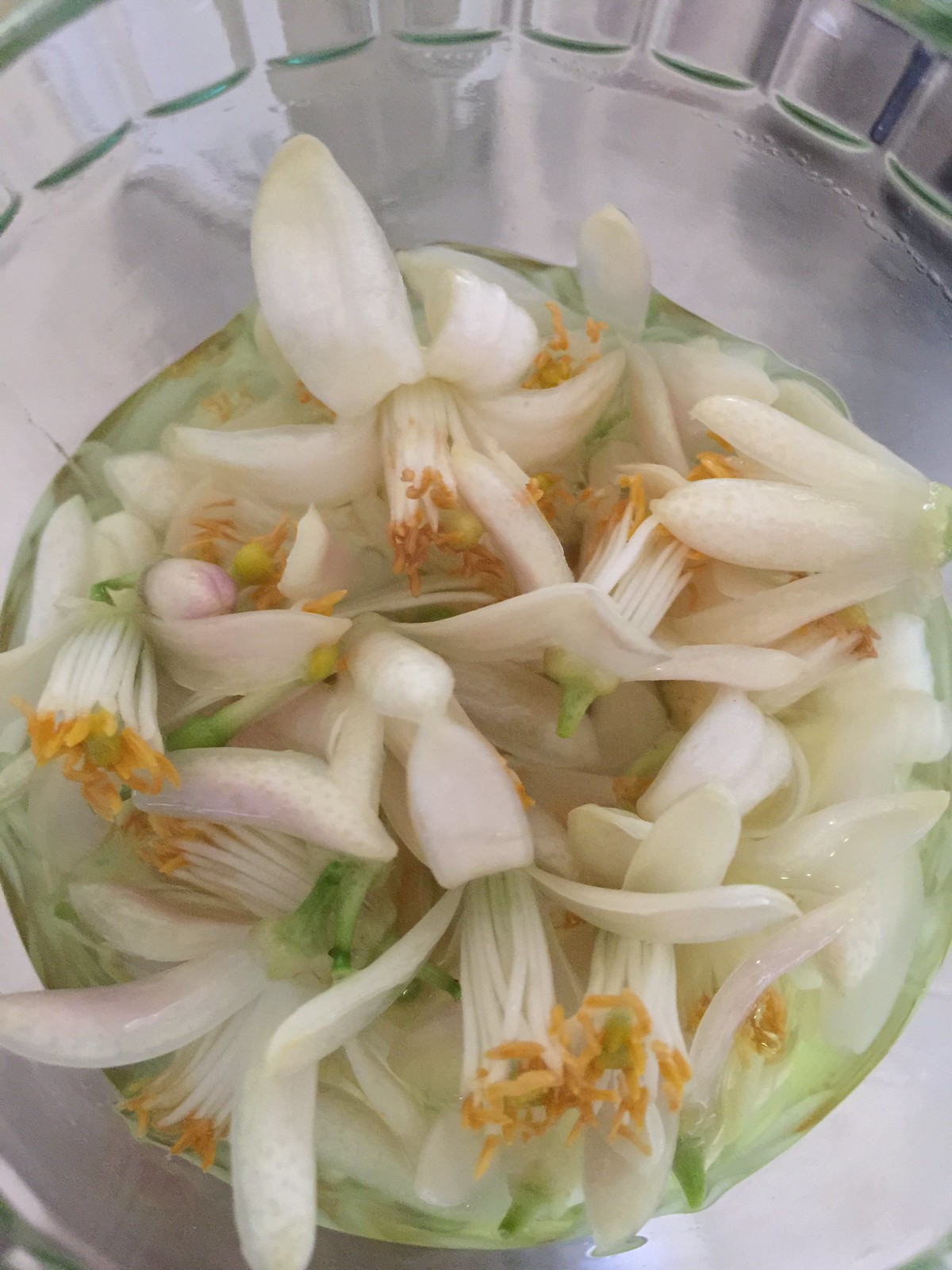Neroli Tincture




I've been tincturing my milky oolong tea in the past couple of weeks, with mixed-success results.
There is no doubt the jus that results from this botanical is fragrant. But at first it smells like some sort of a witch's brew (and as you can see, the colour is quite reassuring in this direction), and only improves after sitting on a scent strip for a few minutes.
The true test for it, of course, is skin and perfume. On the skin I'm not really impressed with it on its own (yet). But I have added a few drops to an existing perfume that was begging for a cup of tea, and it seems to add some depth...
The interesting part is, though, that the one10 days in ethanol did not seem to take everything out of the leaf. So I'm doing a 2nd "steeping" and curious to see if there will be an improvement.
Citrus is not widely associated with autumn. Except for the Etrog fruit, being a symbolic fruit during Sukkot, a Jewish fall harvest holiday. For me personally, growing in the land of citrus groves, autumn is the season of the return of citrus: the first tangerines, usually unripe, or at least green from the outside even if already juicy and sweet on the interior, are packed for the 10 o'clock snack during recess when the school begins, and the fine mist of the essential oil exploding out of the peel fills the classrooms for a refreshing aroma. It blends quite well with the cedar pencil shaving and new books' smell, come to think of it...
And of course, Etrog has a really special scent, and at times, the fruit will be brought to school for students to study and explore in the early fall. The citrus scents somehow become part of the smells of excitement: new beginnings, transition, new schools, new friends, new teachers, new backpacks (which quickly become contaminated with the stale odour of citrus fruit that was forgotten in the back for the entire week). And for me personally - another scent-memory was added to fall: the birth of my daughter (she will turn 14 years old this October!). When creating her namesake Tamya perfume, which commemorated a magic moment after her arrival back home from the hospital. It was just before sunset in the fall, and everything had that golden glow of a soft autumn sun, shining through olive groves, new wild wheat-grass after the first rain. I used yuzu, a rare Japanese citron essential oil, to give the perfume its uber-citrusy and fruity pizazz, reminiscent of the first autumn fruit that I'm so fond of.
Meyer lemons are strange fruit, as their name and shape is deceiving: their outer peel is the most fragrant and is reminiscent of yellow mandarins or the first tangerines that I've mentioned earlier. It is really quite heavenly experience to zest or peel this deep yellow fruit!
The pulp, however, takes a disappointing turn. I cannot for the life of me figure out how to use my Meyer lemons after I've peeled them off... They are too sweet for a salad dressing (though can be used in a pinch...) and a little too bland to be eaten as they are. I'm wondering if their personality might shine the most in a marmalade. but having lost the zest, I probably can't use them for that at this point... I'm sure they are full of vitamin C though, so I promise they won't got to waste. However, if you have a good Meyer lemon recipe or idea, I'd be thrilled to hear.
In the meantime, I'm grateful to have a scent that vaguely reminds me of the early tangerines in our family orchard. And I'm really looking forward to finalizing my New Orleans perfume using this precious tincture, which will be ready in exactly 3 days. So stay tuned...